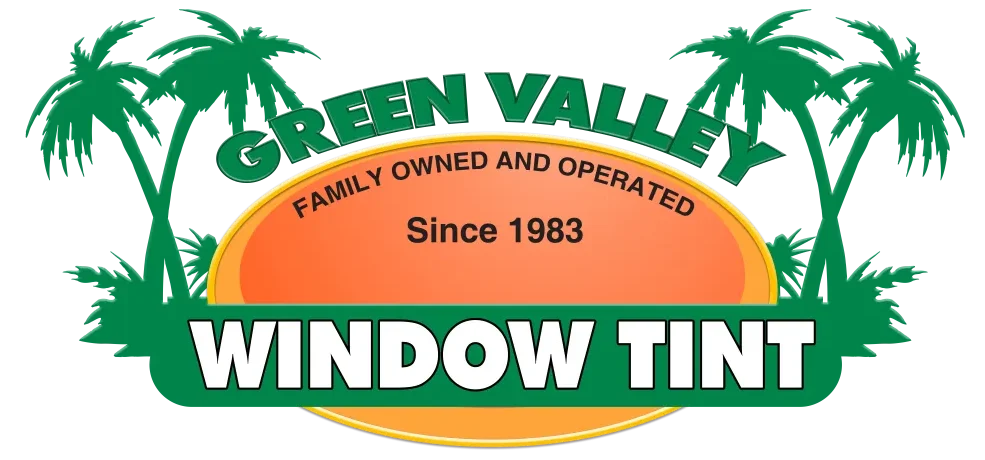Window tinting has become a popular choice for car owners and homeowners alike. However, there are several myths and misconceptions surrounding this practice that might discourage potential customers from reaping its benefits. In this blog post, we’ll debunk the top myths and misconceptions about window tinting to help you make an informed decision.
Myth 1: Window Tinting Is Only for Aesthetics
One of the most common misconceptions about window tinting is that it’s only for those who want to enhance the aesthetics of their vehicles or homes. While tinted windows do provide a sleek and stylish look, their benefits go far beyond aesthetics. Window tinting offers numerous practical advantages, including UV protection, heat reduction, glare reduction, and increased privacy.
Myth 2: Window Tinting Is Illegal
Some people believe that window tinting is illegal, and getting your windows tinted will result in legal trouble. However, window tinting laws vary from place to place. Most jurisdictions have specific regulations regarding the darkness of window tint and where it can be applied. As long as you adhere to these regulations, you can enjoy the benefits of window tinting without any legal concerns.
Myth 3: Window Tinting Reduces Visibility
Another common misconception is that window tinting reduces visibility, making it dangerous to drive. In reality, high-quality window tints are designed to provide excellent visibility while reducing glare and protecting your eyes from harmful UV rays. It’s important to choose the right tint and have it professionally installed to ensure that it doesn’t hinder your visibility.
Myth 4: Window Tinting Causes Window Damage
Some people worry that window tinting can damage their windows. When installed correctly by professionals, window tinting should not cause any damage to your windows. In fact, it can enhance the structural integrity of your windows by preventing shattering in case of accidents or break-ins.
Myth 5: Window Tinting Will Fade Over Time
It’s a common belief that window tints will fade and lose their effectiveness over time. While lower-quality tints may fade or turn purple over the years, high-quality tints are designed to resist fading and discoloration. By choosing a reputable tinting service and using quality materials, you can enjoy long-lasting window tinting without worrying about fading.
Myth 6: Window Tinting Is Costly
The cost misconception is often a deterrent for people considering window tinting. While there’s an initial investment, window tinting can save you money in the long run. By reducing heat and UV radiation, it can lower your energy bills and protect your interior from sun damage, potentially increasing the lifespan of your vehicle or home.
Myth 7: Window Tinting Is a DIY Job
Some may think that applying window tint is a simple DIY project. However, installing window tint requires skill and expertise to ensure it’s done correctly and adheres smoothly to the glass. DIY attempts often result in air bubbles, wrinkles, and uneven tint application. It’s best to leave this job to professionals who have the necessary tools and experience.
Myth 8: Window Tinting Is Only for Hot Climates
While window tinting is particularly popular in hot and sunny regions like Las Vegas, it offers benefits in all climates. In colder climates, it can help retain heat inside your vehicle or home, making it more energy-efficient. Tinted windows are also effective at reducing glare from snow and ice, improving visibility during winter months.
Window tinting is a practical and beneficial addition to your vehicle or home, but it’s important to separate fact from fiction. Dispelling these myths and misconceptions will help you make an informed decision about window tinting. When done professionally and using high-quality materials, window tinting can enhance your comfort, safety, and energy efficiency, making it a worthwhile investment for all climates and purposes. Don’t let these myths hold you back from enjoying the many advantages of window tinting.





